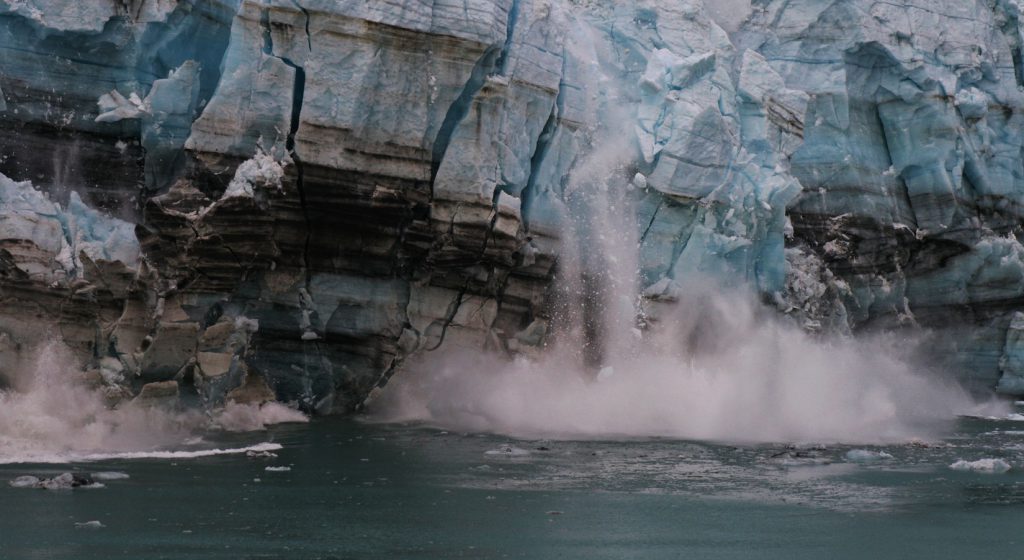The Global Ocean Observing System (GOOS) helps scientists assess climate and its impact and make projections by measuring Essential Ocean Variables (EOVs) such as heat content and sea level.
Every year, roughly a quarter of all excess human carbon dioxide (CO2) emissions are absorbed by the ocean. According to The 2013 IPCC Assessment Report 5, oceans also absorb 93% of excess heat.
As the human population has grown and atmospheric CO2 concentration has risen exponentially, our climate and its extremes have changed. More human CO2 emissions are absorbed by the ocean, making it hotter and more acidic.

“As we learn more about the ocean, we increase our ability to tackle climate change.”
Ocean heating also reduces the solubility of oxygen, critical for most ocean life. It is predicted that the size of areas with poor water quality as a result of reduced oxygen levels will grow.
The recent rise in ocean heat has resulted in the global sea level rising steadily. Melting land-locked ice in areas such as Antarctica and Greenland has increased the amount of water in ocean basins. The water itself has also expanded because increased levels of greenhouse gases in the atmosphere trap heat.
But, as we learn more about the ocean, we increase our ability to tackle climate change.
GOOS’s sustained and extended observations, including those in the deep ocean and remote regions, help model climate change and variability and the impact it will have on ocean life. They also track the success of mitigation programmes.
Where next?
Read our vision for 2030
By 2030, we will have a global ocean observing system truly responsive to the needs of end users.

